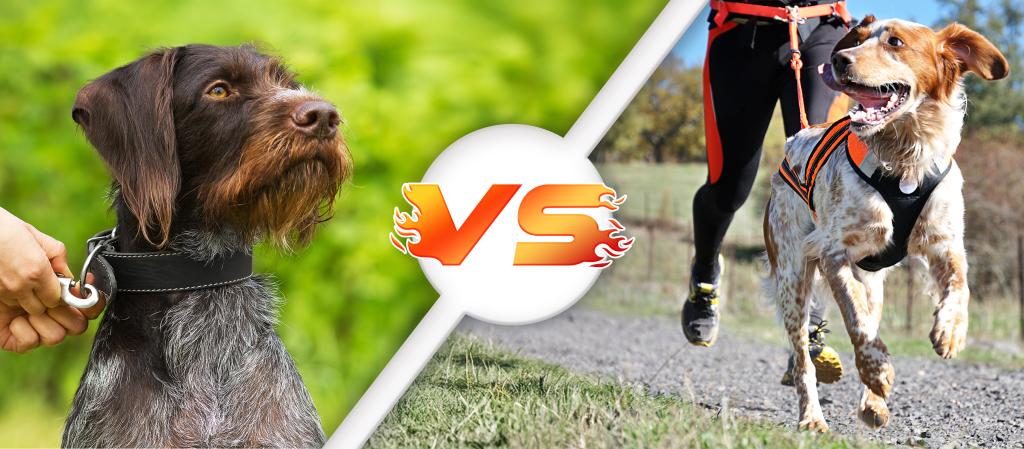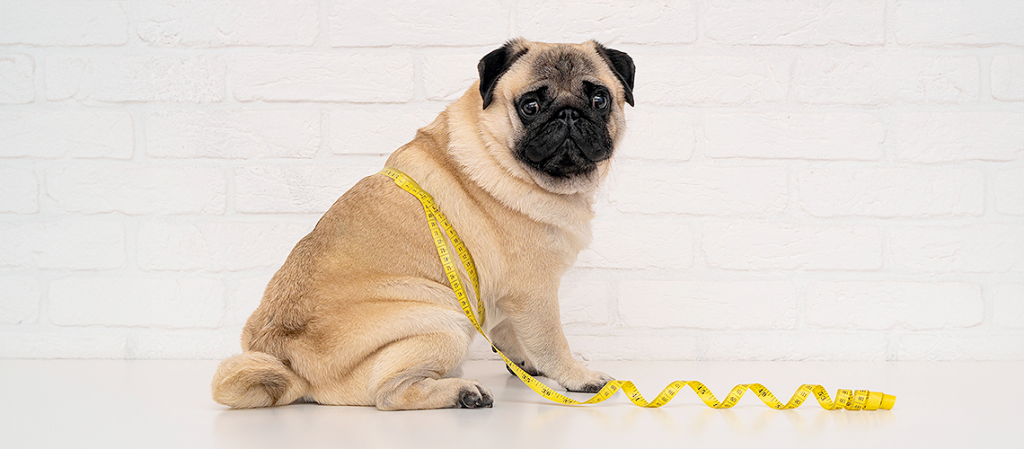Fireworks can be thrilling for humans but terrifying for many dogs. If you have a dog scared of fireworks, you’re not alone. Many dogs show signs of anxiety […]
Can Dogs Have Autism? Decoding Canine Behavior
Dogs, much like humans, can display a wide range of behaviors. Some of these behaviors might make dog owners wonder, can dogs have autism or something similar? Autism […]
How to Deal With Pet Allergies: 10 Essential Tips
Having a pet can be a lot of fun, but if you have pet allergies, it can also be challenging. Pet allergies are caused by allergens like pet […]
Dog Collars vs. Harnesses: A Better Way to Walk Your Dog
When it comes to walking your dog, choosing between a collar and a harness can be challenging. Both options offer distinct advantages depending on your dog’s needs. In […]
Common Toxic Plants for Dogs and Cats
Pets are curious creatures, and they often explore their surroundings by sniffing and tasting things. Unfortunately, some of the plants they encounter can be highly toxic to them. […]
10 Must-Know Pet Health Tips
Keeping your pet healthy and happy is a top priority for pet parents. Pets are not just animals; they are family members who depend on us for their […]
From Pools to Ponds: Water Safety Tips for Dogs
Summer is the perfect time to get outside, enjoy nature, and spend quality time with your dog. Whether you’re near a swimming pool, a peaceful pond, or a […]








